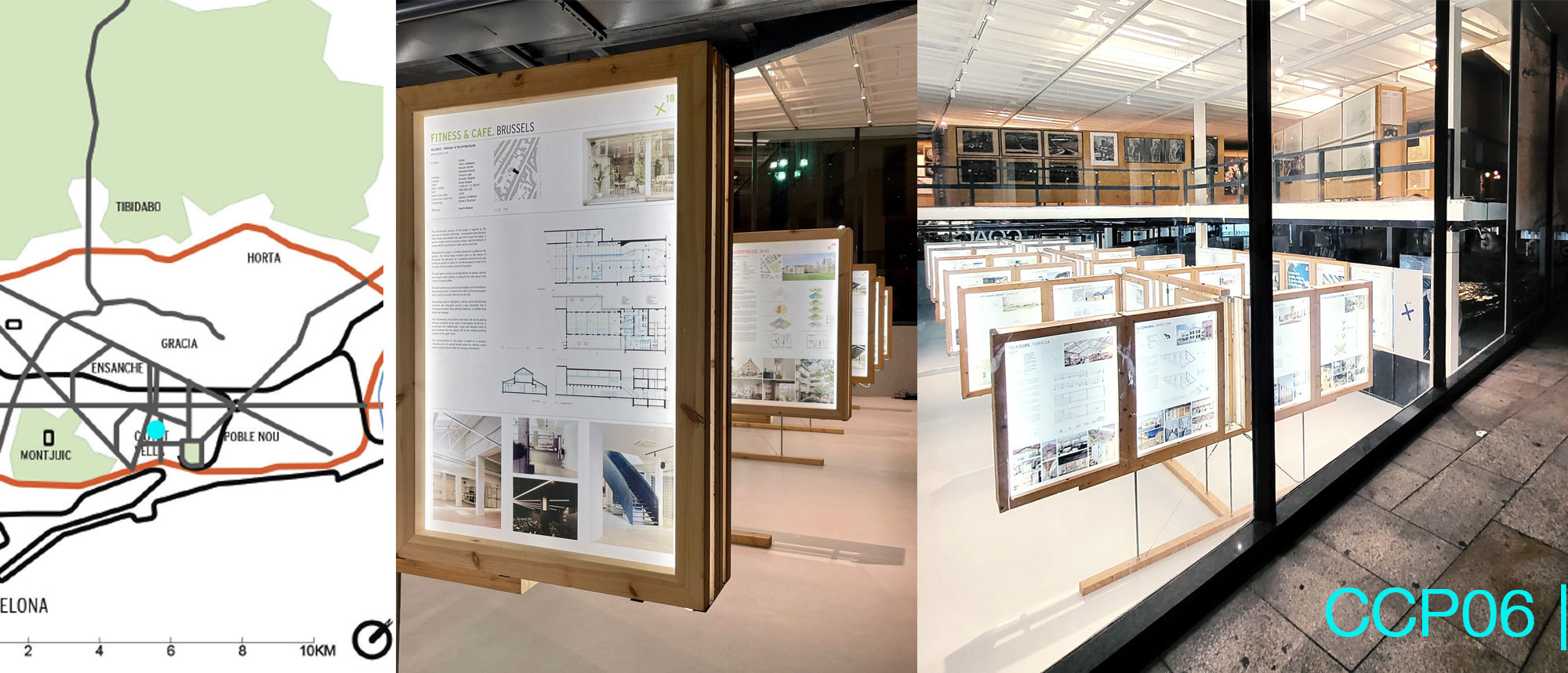
This City Connections Project shows the diversity of complementary architectures made in the metropolitan areas of Barcelona, Basel and Brussels and that provide high added value to the spaces that facilitate community life. This is how the city is built because the different visions, well selected by the project curators, create debate, and even though the general goals are common – social, ecological, technological, political and economic – the ways to deal with them are not the same, achieving shared habitable spaces in which more people can feel included.
In the case of Barcelona, although housing has a high component of personal space, we find a prominent group of projects seeking ways to improve community life, whether from a bottom- up process or from top-down. In all cases, it should be emphasised that the examples chosen seek to ensure access to decent and affordable housing while maintaining public ownership of the land, combating speculation on housing and encouraging the community management of buildings. Cooperatives have a long tradition in Catalonia, including housing, but as well as other places in Europe they had continued to evolve, in Barcelona they appeared again with strength relatively recently. Public housing, still mostly sold in contrast to French territories, is slowly evolving and typologies are introduced that allow a much better adaptation to the social reality of the 21st century. Despite the slow and conservative dynamics of administrations, some people within them struggle and risk making changes possible, accompanied by architects who put forward proposals for the future within very rigid parameters. This includes both housing types and constructive forms that introduce proximity materials and that are appropriate to the proposed types.
IVAN BLASI CONTRIBUTION FOR THE BCN CATALOG | IVAN BLASI, Director of Prizes and Programs Fundació Mies van der Rohe



